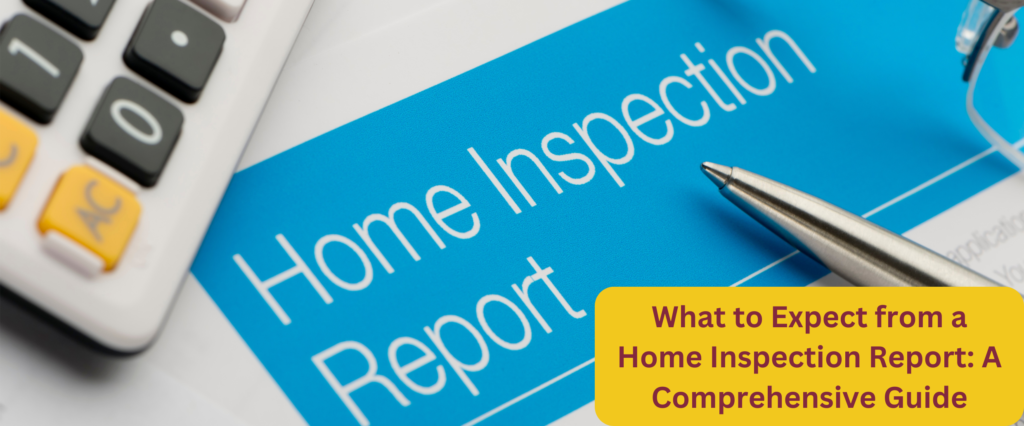
A home inspection report is a detailed document that evaluates the condition of a property’s major systems and components. Understanding how to read and interpret these findings is crucial for making informed decisions about a property purchase or maintenance needs.
Report Structure
1. General Information
- Property details (address, age, square footage)
- Inspection date and weather conditions
- Present parties during inspection
- Inspector’s credentials and contact information
2. Exterior Assessment
Foundation & Structure
- Foundation type and material
- Signs of settling or cracking
- Drainage patterns and grading issues
- Common findings:
- Hairline cracks (usually cosmetic)
- Major structural cracks (require immediate attention)
- Water damage or efflorescence
Roof System
- Material type and approximate age
- Expected remaining lifespan
- Common findings:
- Missing or damaged shingles
- Flashing issues around chimneys and vents
- Gutter condition and drainage
Exterior Walls
- Siding material and condition
- Trim and soffit status
- Common findings:
- Water damage or rot
- Peeling paint
- Gaps requiring caulking
3. Interior Assessment
Electrical System
- Service panel capacity
- Wiring type
- Common findings:
- Double-tapped breakers
- Outdated wiring (aluminum or knob-and-tube)
- GFCI protection needs
Plumbing System
- Pipe materials
- Water pressure readings
- Common findings:
- Leaks or corrosion
- Outdated materials (galvanized pipes)
- Water heater issues
HVAC System
- Heating/cooling type and age
- Efficiency ratings
- Common findings:
- Dirty filters
- Improper ventilation
- End-of-life equipment
Living Spaces
- Walls, floors, and ceilings
- Windows and doors
- Common findings:
- Water stains
- Settlement cracks
- Window seal failures
Understanding Report Classifications
Priority Levels
1. Safety Concerns
- Immediate risks requiring prompt attention
- Examples: electrical hazards, structural issues
2. Major Defects
- Significant systems or components requiring repair/replacement
- May impact habitability or function
3. Minor Defects
- Items requiring repair but not urgent
- Typically maintenance or cosmetic issues
4. Maintenance Items
- Preventive measures to avoid future problems
- Regular upkeep recommendations
How to Use the Report
Immediate Action Items
- Address safety concerns first
- Get cost estimates for major repairs
- Use findings for price negotiations
Long-term Planning
- Create maintenance schedules
- Budget for future repairs
- Track component life cycles
Documentation
- Keep report for future reference
- Use as baseline for home maintenance
- Share with contractors for repairs
Red Flags to Watch For
Major Concerns
- Structural instability
- Active water intrusion
- Electrical safety hazards
- Mold or environmental issues
- Foundation problems
Cost-Intensive Items
- Roof replacement needs
- HVAC system failure
- Foundation repairs
- Extensive plumbing issues
- Major electrical updates
Tips for Report Review
- Read the entire report thoroughly
- Don’t just focus on the summary
- Ask questions about unclear items
- Get multiple repair estimates
- Prioritize repairs based on safety and budget
Conclusion
A home inspection report is a valuable tool for understanding a property’s condition and planning for its maintenance. While some findings may seem overwhelming, remember that no house is perfect. Use the report to make informed decisions about purchases and repairs, focusing first on safety issues and then addressing other concerns according to priority and budget
